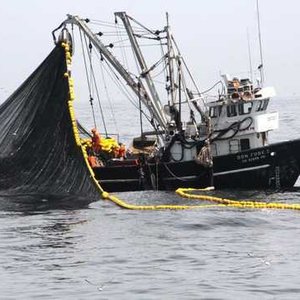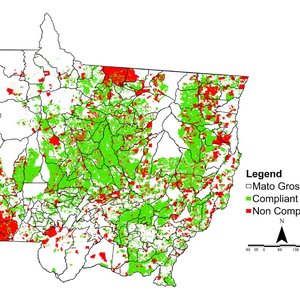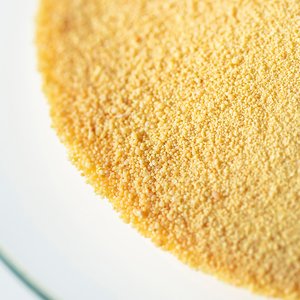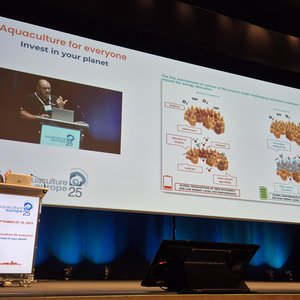High quality broodstock maturation diets are an essential key for successful and sustained production of shrimp nauplii. Most maturation diets currently rely on fresh or frozen natural feeds such a squid, krill, mussels and polychaete worms. However, under sustained conditions a general decline of nauplii quality and larval performance occurs. The degradation is associated with a loss of pigmentation and bleaching of the ovaries of mature females and larval egg yolks. Consequently, there is low larval feeding rates in Z1, high levels of larval Z1 deformities, and very reduced survival to larval stage zoea II. This condition has been termed “Pigment Deficiency Syndrome” (PDS). Paprika has been used as a carotenoid source to reverse the deleterious effects of PDS in High Health broodstock (Wyban 1996). Paprika contains the xanthophylls beta-carotene, beta-cryptoxanthin, capsanthin and capsorubin, some of which can be slowly converted to astaxanthin (D’Abramo 1983, Latscha 1991, Wyban, 1996).
In one experiment, a group of broodstock afflicted with PDS was utilized to test the inclusion of paprika carotenoids in the diets. After four weeks under simulated commercial conditions, nauplii quality improved dramatically with the mean ZII survival rate increasing from 25% to 83% (p<0.01). The percentage of larvae with full guts increased from 49% before paprika to 96% (p<0.01), and percentage of deformed larvae decreased from 21% to 4% after four weeks of carotenoid supplementation. There was no significant difference between ablated and unablated females within the treatment groups (Wyban, 1996).
It is now evident that astaxanthin is an essential vitamin necessary for maturation and reproduction of various aquatic species, however it is not typically added to brood feeds. In the wild, shrimp obtain astaxanthin from the consumption of phytoplankton, zooplankton, or the animals such as krill that prey upon them. Preliminary trials demonstrate that NatuRose natural astaxanthin supplementation yields substantially faster and superior results compared to paprika, as there is no lag time for biosynthetic conversion and it can be directly utilized for metabolic purposes. NatuRose natural astaxanthin is now used in High Health broodstock to improve larval quality, survival and allow sustained nauplii production (Jim Wyban, personal communication). Furthermore, a report in World Aquaculture (Volume 23(3) September 1992, p.59) documents a study by Dr. Takeshi Watanabe who demonstrated the essential role of astaxanthin in the diet of red seabream broodstock. This may represent the first indisputable proof for the requirement of carotenoids for the growth and survival of eggs and larvae.
NatuRose is a dark red powder containing 1.5% astaxanthin, and is produced from the algae, Haematococcus pluvialis grown at Cyanotech Corporation. NatuRose has gained wide acceptance in the aquaculture markets as a “concentrated” form of krill or crawfish. NatuRose can be marinated into fresh squid or other fresh foods or incorporated into supplements such a MadMac MS available from Aquafauna Bio-Marine. NatuRose is also being used in the aquaculture industry for the pigmentation of salmon, trout, koi, tropical fish, abalone, shrimp and sea bream.
D’Abramo L.R., N.A. Baum, C.E. Bordner and D.E. Conklin. 1983. Can J. Fish. Aquat. Sci. 40:699-704.
Latscha T. 1991. The Crustacean Nutrition Newsletter (JD Castell, KE Corpron, eds.) 7(1):53-60.
Wyban W., G. Martinez, J. Sweeney. 1997. Adding paprika to Penaeus vannamei maturation diet improves nauplii quality. World Aquaculture. June 1997.
For more information: Email: tlorenz@kona.net
www.cyanotech.com










